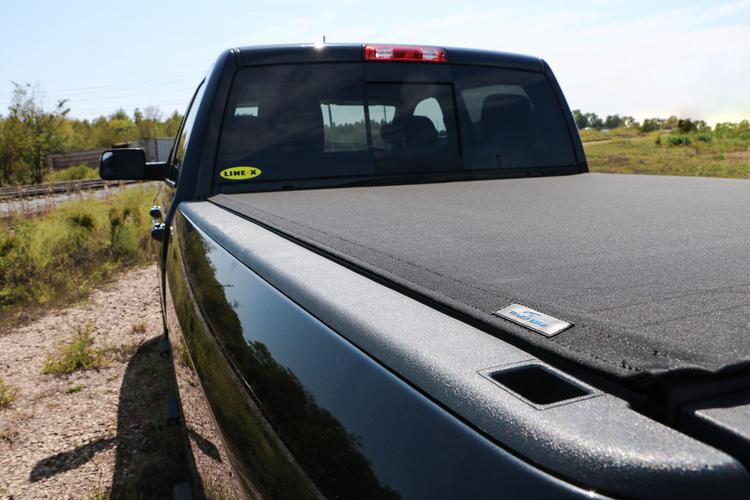There are tens of thousands of carriers operating in the United States alone. As well as tens of thousands of truck drivers and Owner Operators looking for work. RNL provides an internet link between the two with over 45,000 transportation contacts in our database. We offer Owner Operators and Truck Drivers direct contact with trucking companies, freight forwarders, freight carriers and shippers nationwide via email, phone or fax, with our online load matching service. Our
real time
freight load database is
easy to use
for Freight Brokers. It is a requirement for Freight Brokers to have an online freight matching service software to find carriers for their customers. Freight Brokers get the best of both worlds, because they have access to trucking companies nationwide as well as a huge database of truck drivers and owner operators looking for available freight loads. We offer Owner Operators and Truck Drivers an easy way to obtain cargo insurance with nationwide cargo insurance affiliates ready to provide liability and cargo insurance certificates. Our online advertisement specials are the best offer on the internet, with customizable banner ads displayed to thousands of monthly visitors. All of these features are included with your monthly membership.
Most importantly our online
load matching
system is extremely easy to use. Our website is designed for owner operators to find work fast and get on the road. Our user friendly web interface makes it fast to find exactly what you are looking for weather your a freight broker, owner operator, truck driver, shipper, freight forwarder or carrier. Some of our special features include cell phone text messaging of an available truck load or requesting a truck lane to be filled. All searches can be printed in a print friendly format, and all searches can be downloaded into an excel format. All listings are integrated into mapquest for easy pin-point directions and mileage calculations. This is extremely important for owner operators budgeting their trip. We supply owner operators with WiFi Hot Spots and Gas Stations and Truck Stops that are equipped with internet access so you can find loads anywhere and avoid having deadhead miles.
We acquire loads from freight brokers, freight forwarders and our affiliates with major trucking companies nationwide. We are an internet source of transportation information and our main goal is to make a user friendly, knowledgeable, and safe network of members sharing trucking information, loads, freight questions and answers and expand your business off one another. Best of all, this information is available to users 24/7/365 for the lowest monthly fee on the internet! You can’t go wrong.
Join us
toady and experience the power of Right Now Loads.com
More info
.
Available Truck Drivers
Work of a Truck Driver
Truck drivers are a constant presence on the Nation’s highways and interstates. They deliver everything from automobiles to canned food. Firms of all kinds rely on trucks to pick up and deliver goods because no other form of transportation can deliver goods door-to-door. Even if some goods travel most of the way by ship, train, or airplane, almost everything is carried by trucks at some point in its journey.
Before leaving the terminal or warehouse, truck drivers check the fuel level and oil in their trucks. They also inspect the trucks to make sure that the brakes, windshield wipers, and lights are working and that a fire extinguisher, flares, and other safety equipment are aboard and in working order. Drivers make sure their cargo is secure and adjust the mirrors so that both sides of the truck are visible from the driver’s seat. Drivers report equipment that is inoperable, missing, or loaded improperly to the dispatcher.
Once under way, drivers must be alert in order to prevent accidents. Drivers can see farther down the road because large trucks seat them higher off the ground than other vehicles. This allows them to see the road ahead and select lanes that are moving more smoothly as well as giving them warning of any dangerous road conditions ahead of them.

The duration of runs vary according to the types of cargo and the destinations. Local drivers may provide daily service for a specific route or region, while other drivers make longer, intercity and interstate deliveries. Interstate and intercity cargo tends to vary from job to job more than local cargo. A driver’s responsibilities and assignments change according to the type of loads transported and their vehicle’s size.
New technologies are changing the way truck drivers work, especially long-distance truck drivers. Satellites and the Global Positioning System link many trucks with their company’s headquarters. Troubleshooting information, directions, weather reports, and other important communications can be instantly relayed to the truck. Drivers can easily communicate with the dispatcher to discuss delivery schedules and courses of action in the event of mechanical problems. The satellite link also allows the dispatcher to track the truck’s location, fuel consumption, and engine performance. Some drivers also work with computerized inventory tracking equipment. It is important for the producer, warehouse, and customer to know their product’s location at all times so they can maintain a high quality of service.
Some heavy truck and tractor-trailer drivers who have regular runs transport freight to the same city on a regular basis. Other drivers perform ad hoc runs because shippers request varying service to different cities every day.
The U.S. Department of Transportation requires that drivers keep a log of their activities, the condition of the truck, and the circumstances of any accidents.
Long-distance heavy truck and tractor-trailer drivers spend most of their working time behind the wheel, but also may have to load or unload their cargo. This is especially common when drivers haul specialty cargo, because they may be the only ones at the destination familiar with procedures or certified to handle the materials. Auto-transport drivers, for example, position cars on the trailers at the manufacturing plant and remove them at the dealerships. When picking up or delivering furniture, drivers of long-distance moving vans hire local workers to help them load or unload.
Some local truck drivers have sales and customer service responsibilities. The primary responsibility of
driver/sales workers
, or
route drivers
, is to deliver and sell their firm’s products over established routes or within an established territory. They sell goods such as food products, including restaurant takeout items, or pick up and deliver items such as laundry. Their response to customer complaints and requests can make the difference between a large order and a lost customer. Route drivers may also take orders and collect payments.
The duties of driver/sales workers vary according to their industry, the policies of their employer, and the emphasis placed on their sales responsibility. Most have wholesale routes that deliver to businesses and stores, rather than to homes. For example, wholesale bakery driver/sales workers deliver and arrange bread, cakes, rolls, and other baked goods on display racks in grocery stores. They estimate how many of each item to stock by paying close attention to what is selling. They may recommend changes in a store’s order or encourage the manager to stock new bakery products. Laundries that rent linens, towels, work clothes, and other items employ driver/sales workers to visit businesses regularly to replace soiled laundry. Their duties also may include soliciting new customers along their sales route.
After completing their route, driver/sales workers place orders for their next deliveries based on product sales and customer requests.
Truck Driver Working Conditions
Truck driving has become less physically demanding because most trucks now have more comfortable seats, better ventilation, and improved, ergonomically designed cabs. Although these changes make the work environment less taxing, driving for many hours at a stretch, loading and unloading cargo, and making many deliveries can be tiring. Local truck drivers, unlike long-distance drivers, usually return home in the evening. Some self-employed long-distance truck drivers who own and operate their trucks spend most of the year away from home.
Design improvements in newer trucks have reduced stress and increased the efficiency of long-distance drivers. Many newer trucks are equipped with refrigerators, televisions, and bunks.
The U.S. Department of Transportation governs work hours and other working conditions of truck drivers engaged in interstate commerce. A long-distance driver may drive for 11 hours and work for up to 14 hoursincluding driving and non-driving dutiesafter having 10 hours off-duty. A driver may not drive after having worked for 60 hours in the past 7 days or 70 hours in the past 8 days unless they have taken at least 34 consecutive hours off-duty. Most drivers are required to document their time in a logbook. Many drivers, particularly on long runs, work close to the maximum time permitted because they typically are compensated according to the number of miles or hours they drive. Drivers on long runs face boredom, loneliness, and fatigue. Drivers often travel nights, holidays, and weekends to avoid traffic delays.
Local truck drivers frequently work 50 or more hours a week. Drivers who handle food for chain grocery stores, produce markets, or bakeries typically work long hoursstarting late at night or early in the morning. Although most drivers have regular routes, some have different routes each day. Many local truck drivers, particularly driver/sales workers, load and unload their own trucks. This requires considerable lifting, carrying, and walking each day.




